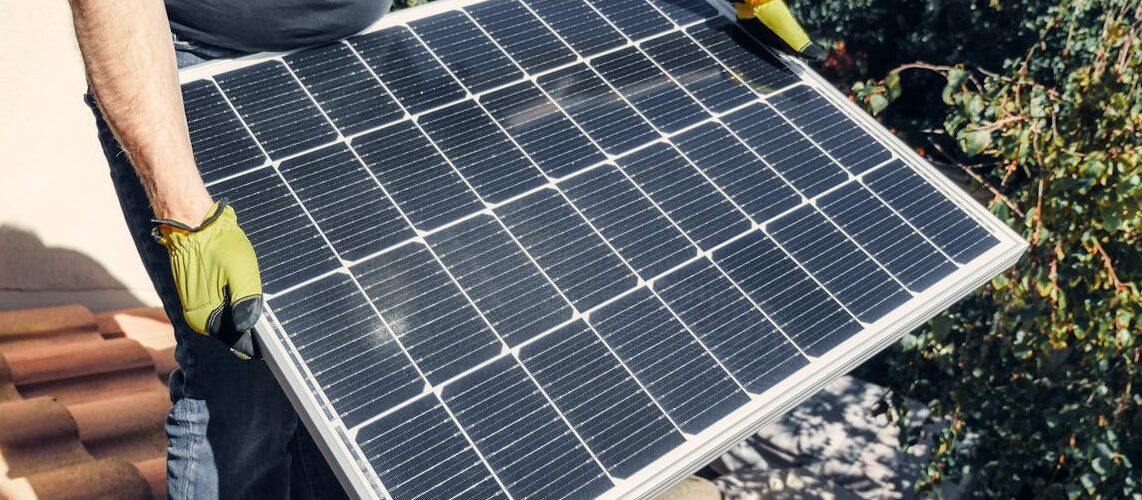The PM Surya Ghar: Muft Bijli Yojana, the world’s largest domestic rooftop solar initiative, is transforming India’s energy landscape with a bold vision to supply solar power to ten million households by March 2027.
By March 2025, installations under the scheme are expected to exceed 1 million, with the numbers doubling to 2 million by October 2025, reaching 4 million by March 2026, and ultimately achieving the target of 10 million by March 2027.
Launched by the Indian Prime Minister Narendra Modi on 15 February 2024, this groundbreaking initiative aims to provide free electricity to households by facilitating the installation of rooftop solar panels.
The scheme offers a subsidy of up to 40 per cent to households, making renewable energy more affordable and accessible. In just nine months, 0.63 million installations have been completed, resulting in an impressive monthly installation rate of 70,000, ten times higher than the pre-scheme average.
With a goal to benefit one crore households, the program is also expected to save the government Rs. 75,000 crores annually in electricity costs. This transformative initiative empowers millions to adopt clean energy, reinforcing India’s commitment to sustainable development and energy innovation.
Key Benefits
The PM Surya Ghar: Muft Bijli Yojana offers several significant benefits to participating households:
- Free Electricity for Households: The scheme provides households with free electricity through the installation of subsidized rooftop solar panels, significantly reducing their energy costs.
- Reduced Electricity Costs for the Government: By promoting the widespread use of solar power, the scheme is expected to save the government an estimated Rs. 75,000 crore annually in electricity costs.
- Increased Use of Renewable Energy: The scheme encourages the adoption of renewable energy sources, contributing to a more sustainable and environmentally friendly energy mix in India.
- Reduced Carbon Emissions: The transition to solar energy under this scheme will help lower carbon emissions, supporting India’s commitment to reducing its carbon footprint.
Subsidy
The subsidy provided under the scheme varies based on the household’s average monthly electricity consumption and the corresponding suitable rooftop solar plant capacity.
- A household with an average monthly electricity consumption between 0 to 150 units, would need a rooftop solar plant capacity of 1 to 2 kilowatts and the applicable subsidy will be in the range of Rs. 30,000 to Rs 60,000.
- A household with 150 to 300 units of average monthly electricity consumption would need 2 to 3 kilowatts of rooftop solar plant capacity and the applicable subsidy will be in the range of Rs. 60,000 to Rs 78,000.
- Finally, a household with more than 300 units of average monthly electricity consumption would need a rooftop solar plant capacity of more than 3 kilowatts and the applicable subsidy will be Rs 78,000.
Subsidy Application and Vendor Selection
Households can apply for the subsidy through the National Portal, where they can also select a suitable vendor for installing rooftop solar. The National Portal will assist in decision-making by providing information on appropriate system sizes, a benefits calculator, vendor ratings, and other relevant details.
Collateral-Free Loans
Households will have access to collateral-free, low-interest loans at around 7% interest for the installation of residential rooftop solar (RTS) systems up to 3 kW.
Eligibility
The scheme applies to house owners who must be Indian citizens. Needless to say, the house must have a roof that is suitable for installing solar panels. The household must have a valid electricity connection and must not avail themselves of any other subsidy for solar panels.
Impact
The PM Surya Ghar: Muft Bijli Yojana is expected to have far-reaching outcomes, both for individual households and the nation as a whole:
- Household Savings and Income Generation: Households will benefit from significant savings on their electricity bills. Additionally, they will have the opportunity to earn extra income by selling surplus power generated by their rooftop solar systems to DISCOMs. For instance, a 3-kW system can generate over 300 units per month on average, providing a reliable source of energy and potential revenue.
- Expansion of Solar Capacity: The scheme is projected to add 30 GW of solar capacity through rooftop installations in the residential sector, significantly contributing to India’s renewable energy goals.
- Environmental Benefits: Over the 25-year lifetime of these rooftop systems, it is estimated that the scheme will generate 1000 BUs of electricity while reducing CO2 emissions by 720 million tonnes, making a substantial positive impact on the environment.
- Job Creation: The scheme is also expected to create approximately 1.7 million direct jobs across various sectors, including manufacturing, logistics, supply chain, sales, installation, operations and maintenance (O&M), and other services, thereby boosting employment and economic growth in the country.
Model Solar Village
Under the “Model Solar Village” component of the scheme, the focus is on establishing one Model Solar Village per district throughout India. This initiative aims to promote solar energy adoption and empower village communities to achieve energy self-reliance.
An allocation of Rs. 800 crore has been designated for this component, with Rs. 1 crore (Rs. 10 million) provided to each selected Model Solar Village.
To qualify as a candidate village, it must be a revenue village with a population of over 5,000 (or 2,000 in special category states). Villages are selected through a competitive process, and evaluated on their overall distributed renewable energy (RE) capacity six months after being identified by the District Level Committee (DLC).
The village in each district with the highest renewable energy capacity will receive a central financial assistance grant of Rs. 1 crore. The State and Union Territory Renewable Energy Development Agency, under the supervision of the DLC, will oversee the implementation, ensuring these model villages successfully transition to solar energy and set a benchmark for others across the country.
Conclusion
In conclusion, PM Surya Ghar: Muft Bijli Yojana is set to significantly reshape India’s energy landscape by empowering millions of households with solar power.
With installations projected to exceed 10 lakh by March 2025 and reaching the target of one crore by March 2027, the scheme is on track to deliver widespread benefits.
Through substantial subsidies, accessible financing options, and a focus on renewable energy, the initiative will not only provide free electricity to households but also contribute to significant savings for the government, reduced carbon emissions, and job creation.
The Model Solar Village initiative further supports rural areas in becoming energy self-reliant, underscoring the government’s commitment to sustainable development. This ambitious programme sets India on a path toward a greener, more energy-efficient future, reinforcing its leadership in renewable energy.






Add comment